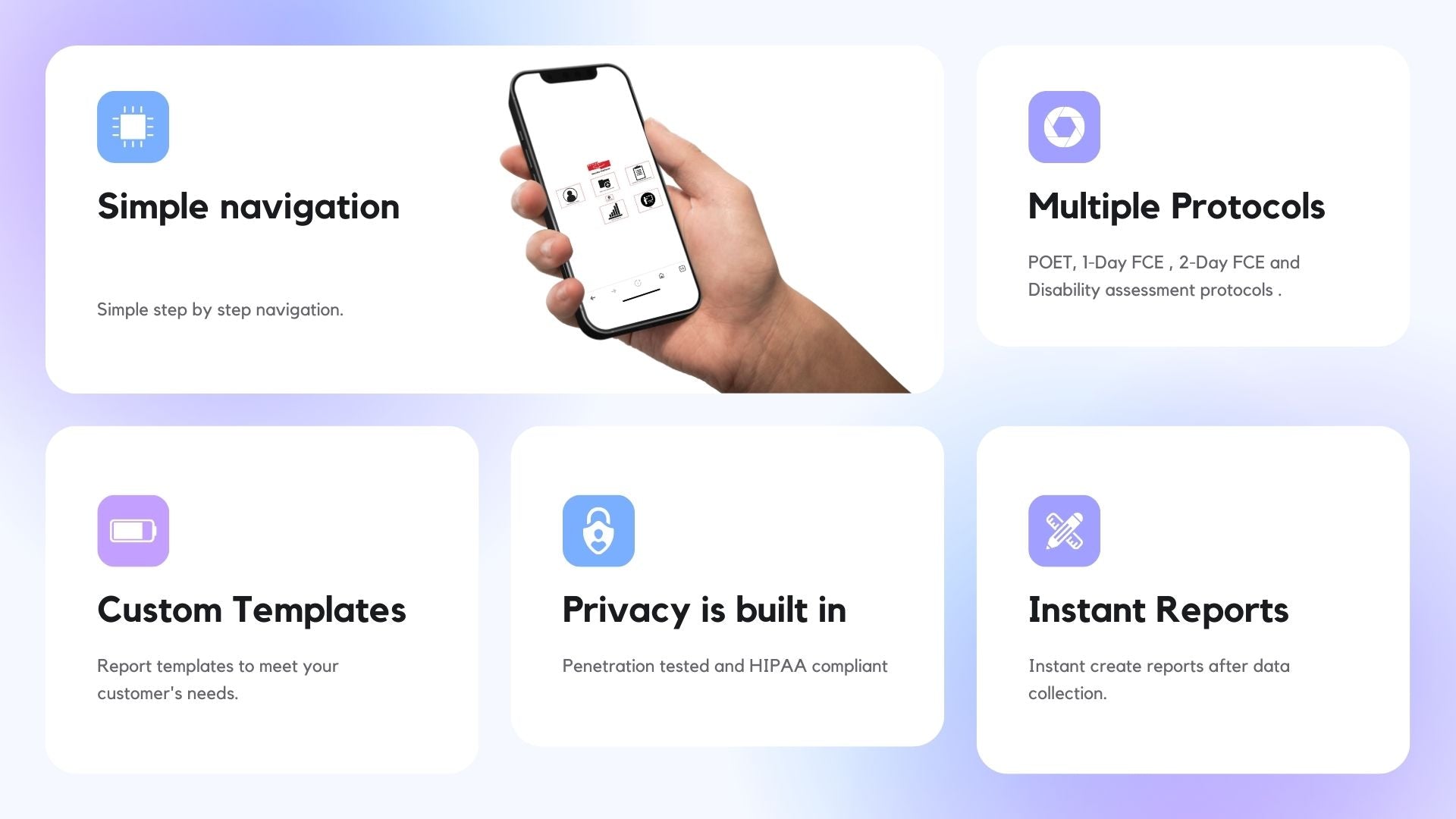Understanding Post-Testing Procedures: Ensuring Safety and Accuracy
Are you a healthcare professional conducting assessments or considering getting started? Are you concerned about performing these evaluations correctly?

We are here to help!
Have you heard of the importance of post-testing procedures in healthcare assessments?
Post-testing procedures are essential to ensure individuals undergoing assessments are safe and informed about their results. Here’s why these steps are crucial and how you can implement them effectively.
Post-Test Systems Review
After conducting any test, it's critical to perform a post-test systems review. This ensures that the assessment has not caused any unexpected or adverse effects on the individual’s body systems. If any potential issues are detected during this review, the examiner should conduct further assessments on the relevant areas and document their findings comprehensively. This step is vital to maintaining the individual’s safety and addressing any immediate concerns.

Exit Interview
The exit interview is an essential part of the post-testing process. It gathers the individual’s subjective responses to the testing procedures. During this interview, the examiner should document any perceived changes in the individual’s condition, including:
- Pain
- Tingling
- Numbness
- Stiffness
- Weakness
- Instability
- Feelings of swelling or spasm
Understanding the individual’s experience and any new symptoms that may have emerged during testing is crucial for comprehensive care and accurate results.

Exit Instructions
Providing clear and precise exit instructions is a crucial final step in the post-testing procedure. These instructions should include:
- Access to Test Results: Inform the individual about their rights to access the test results and provide a timeframe for when these results will be available.
- Follow-Up Actions: Offer guidance on the steps the individual should take if they have any questions or concerns following the testing. This is particularly important if they experience significant symptoms. Instructions should be detailed and provide clear points of contact for any necessary follow-up.
By following these post-testing procedures, examiners can ensure the well-being of individuals and provide them with the necessary information and support after testing. These steps not only safeguard the health of individuals but also enhance the reliability and accuracy of the testing outcomes.
Why Are These Procedures Important?
An expert panel developed these guidelines to ensure that testing is conducted safely and effectively. The guidelines are based on extensive literature and clinical experience, ensuring they are both evidence-based and practical.
These procedures have been reviewed by numerous stakeholders, including physical therapists, occupational therapists, and physicians who have expertise in testing and who utilize these results in their practice. This thorough review process ensures the guidelines are reliable and accurate.
Understanding Limitations
It's also essential for examiners to understand the limitations of post-testing procedures. Factors such as individual performance, symptoms, examiner bias, and standardization of testing can influence results. Awareness of these limitations helps in interpreting test results more accurately and providing the most useful information about the individual's functional abilities and limitations.
Stay Informed
Understanding these procedures helps in recognizing the importance of comprehensive post-testing reviews and ensures individuals feel supported throughout the testing process. We believe that the growth of your knowledge will reflect in the growth of your clinical practice.
Want to learn more about post-testing procedures?
You're in the right place! We provide detailed training and resources to help you perform assessments accurately and effectively.
Do you have questions or comments?
Comment below or email us at kevin@metriksfce.com and we would be happy to assist you in any way we can!



